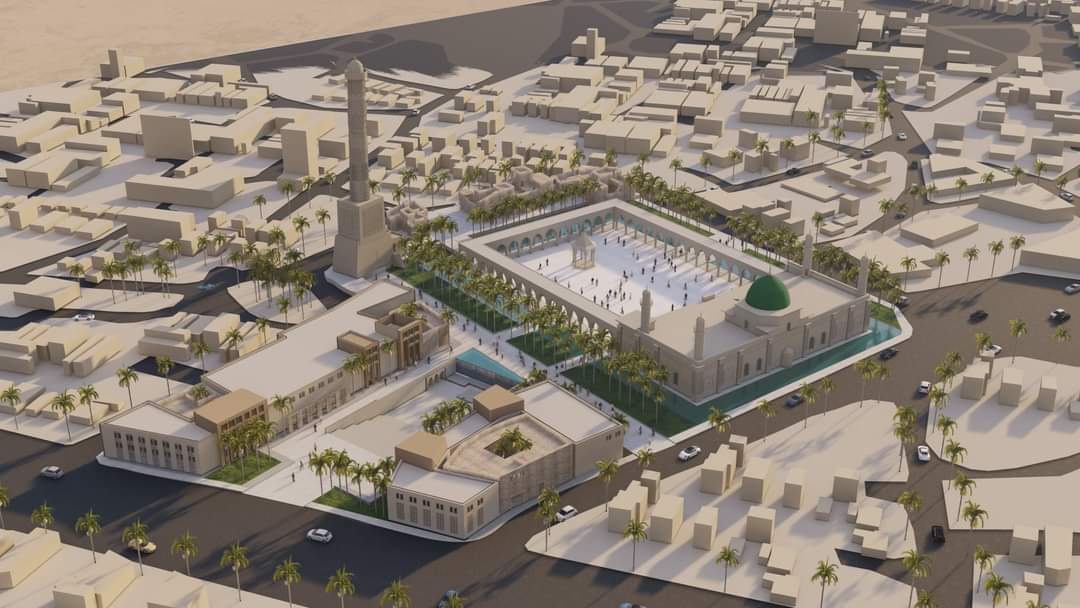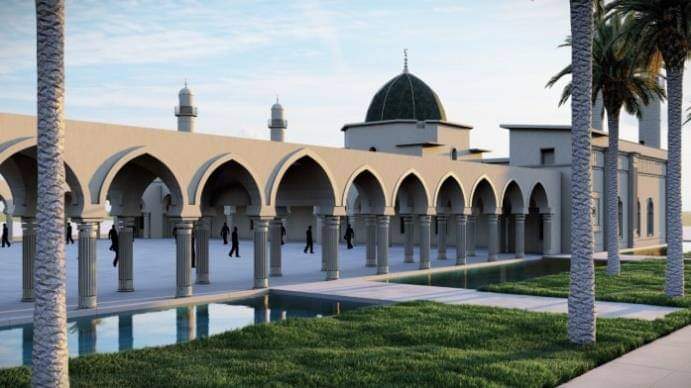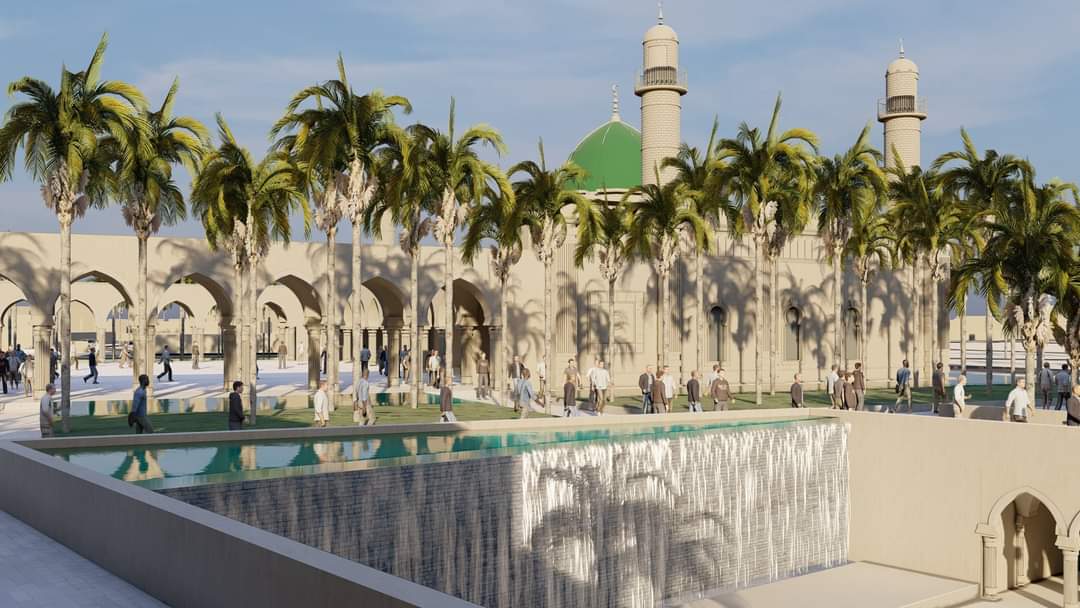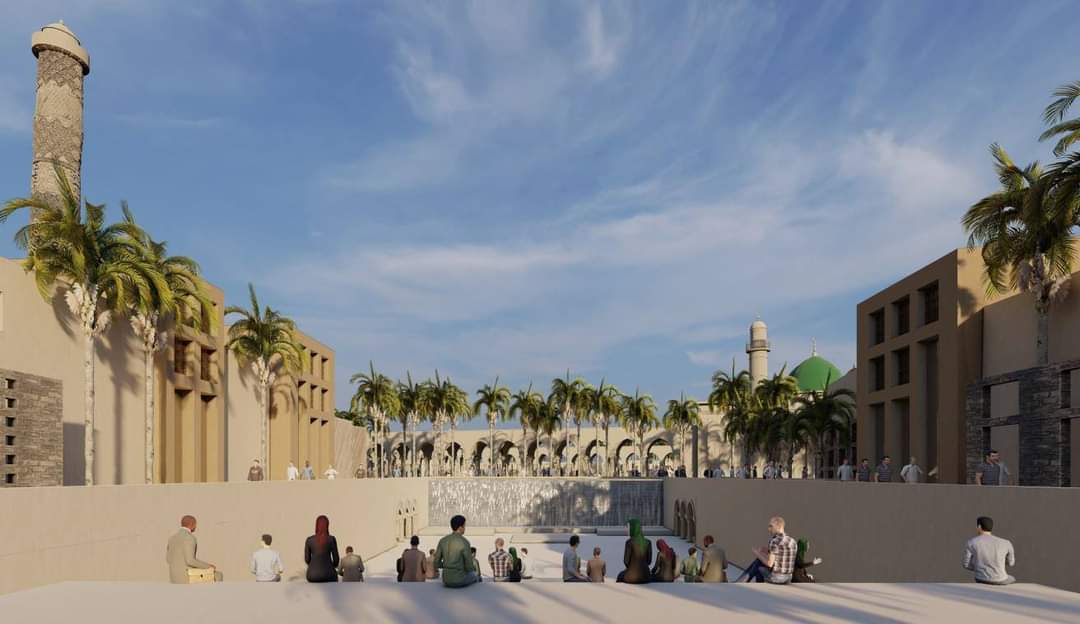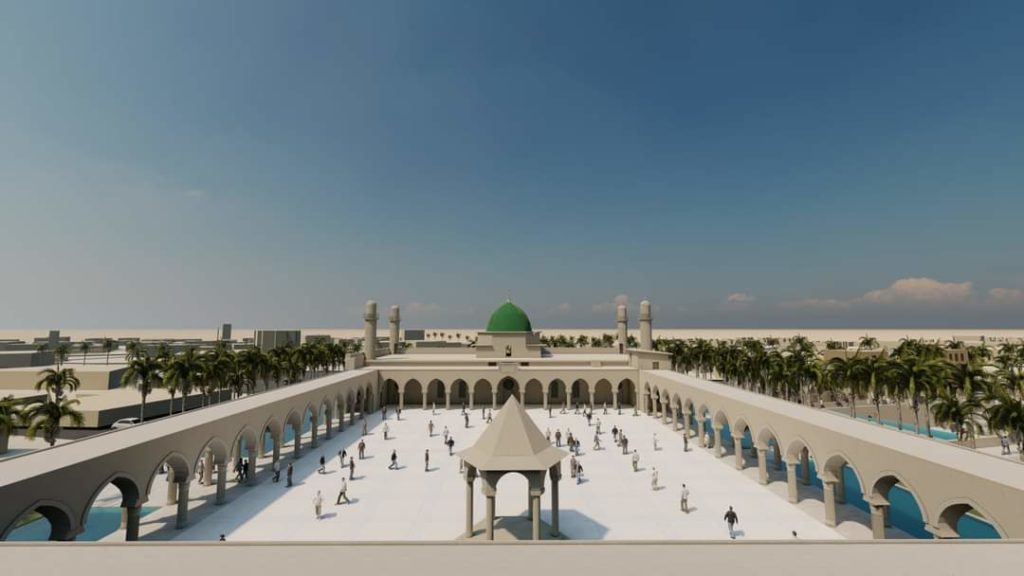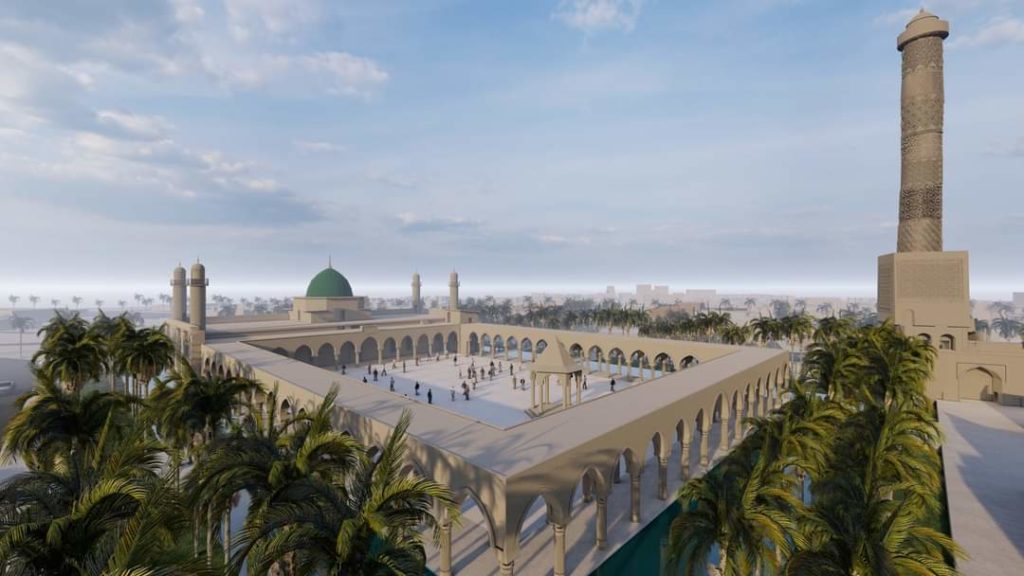Reconstruction & Rehabilitation of the Al Nouri Complex in Mosul
This project has been selected for the short listed for winners’ selection.
The project aims to rebuild al-Nouri’s historic prayer hall and integrate the complex, the largest public space in the Old City of Mosul, into its urban surrounding through open public spaces. UNESCO launched the competition in November 2020 in coordination with the Iraqi ministry of culture, the Iraqi Sunni Endowment and with support from the United Arab Emirates It is part of UNESCO’s “Revive the Spirit of Mosul” initiative for the rehabilitation of the city and its cultural life, and the strengthening of its educational system. The complex was severely damaged by conflict in 2017, and the rebuilding of the mosque is part of the organization’s project for the rehabilitation of the ancient city.
The newly recognized identity has guided our design strategy in order to create compatible scenery within the architectural concept: the new manifestation represents the complex as a revival oasis of Al-Nouri goodness; welcoming the society integration and spreading the positive energy over the entire city. The monument revival hereby involves an architectural reconstruction in addition to an environmental restitution for the entire complex, which will involve an urban lung for the whole city. Once approaching the site, no concrete obstacle would separate visitors from the mosque; thus, a perimeter of water surfaces – surrounded by a series of palms – is implemented as to represent a reign of purity while no physical barrier will isolate the city from its beating heart.
All architectural and landscape additions can be stated with respect to the prayer building, the open prayer court, the natural fencing solution, the new buildings at the western extension and the execution materials. As a koranic source of life, this intangible surface of water represents a simple eco-system that eases the summer heat, while it represents a gentle separator between the rush of the city and the mosque tranquility. Furthermore, the water surface assign an additional value to the architectural aspect as reflects the building and it is hereby assigning an additional aspect of glory to the prevailing “Hadbaa” The mosque court will retrieve its original Islamic identity as social gathering space surrounded by a series of arched gallery; this squared outdoor prayer area will represent an new Islamic monument which is remarkable due to its regular shape with its repetitive arches expressing the social cohesion of Mosul’s people who kept standing together in order to revive the monument

